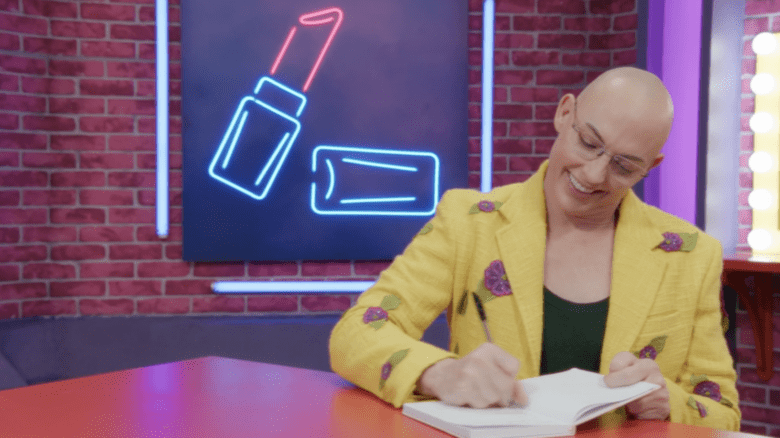In our personality-obsessed world, it seems unlikely that someone who isn’t a superstar could have written one of the year’s best books. But Marusya Bociurkiw has done just that with her first novel, The Children Of Mary.
What begins as a typical tale of an immigrant family surviving Canadian hardships quickly becomes a breathtaking map of the long-term effects of trauma. The Children Of Mary is the story of three generations of Ukrainian women. The book has two narrators — Sonya and her grandmother Maria — and alternates time and place, mainly from Winnipeg to Toronto, from 1930 to 2000.
As teens in the ’70s, Sonya and her sister Kat join the Children Of Mary, a religious group for Ukrainian and Polish Catholic girls. Kat is obsessed with sacrifice, going as far as to pierce Sonya’s hands and feet to make stigmata. After this incident, Kat goes to spend time with her estranged father, and Sonya with her herb-boiling grandmother.
When the girls are reunited, something has inexplicably changed. Kat throws herself into the spirit of the ’70s, enjoying sex and drugs, but her teenage life soon spins out of control. Eventually, she stops talking to her family altogether, then disappears. Soon Sonya finds out Kat has died in a car accident. This is where the book truly begins.
Bociurkiw is not as concerned with plot as with the aftermath of plot — with loss and grief and the long fingers of memory that reach into our lives years after a difficult experience. Sonya’s life continues, but is constantly infused by the past. Everything that happens as she becomes an adult occurs beneath the shadow and mystery of her sister’s life and death.
Although this novel is mainly Sonya’s story, her grandmother is also a huge presence. Maria is the voice of tradition and history. From the time she steps off the boat, she struggles to protect her family. Bociurkiw creates all of her characters fully and richly, and is equally convincing in bringing to life a teenager and an old Ukrainian Baba. Her style is both funny and moving, poetic and down-to-earth. She has an exceptional ear for dialogue, expertly capturing the idiosyncrasies of speech.
Bociurkiw also offers us a smorgasbord of Canadian dyke and activist history: female Trotskyists in ’70s Winnipeg who believed women’s lib was counterrevolutionary; socialist feminists in ’80s Toronto who naively idealized a woman-centric world; ’90s lesbians who began the obsession with babies and marriage. Bociurkiw takes us through the bars and political scenes of each decade with equal measures of humour, tenderness and critique. There is no nostalgia here, no oversimplification. Bociurkiw weaves issues of class, gender and race into the book in refreshingly complex ways.
Historical novels can be weighed down by the clunky insertion of facts. But Bociurkiw guides us through the racialized forced labour and resulting socialist uprisings of Depression-era Canada with the same ease that she recounts the history of the women’s movement. She has such a knack for getting inside of things you’d believe she’s been around a lot longer than she has.
The central image of The Children Of Mary is the mythological rusalky, Ukrainian river spirits who steal children. The presence of rivers is constant — the flooding Red in Winnipeg, the many buried rivers of Toronto. Bociurkiw reminds us of the changeability of life and to look beneath the surface of our histories. But she also cautions that there is a time to just let go and let things wash over you.
The Children Of Mary is a masterfully written novel about the search for truth and redemption, the constant process of healing and how bittersweet the journey can be.

 Why you can trust Xtra
Why you can trust Xtra


